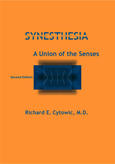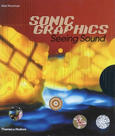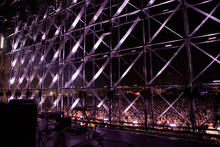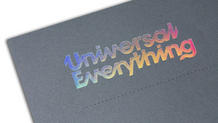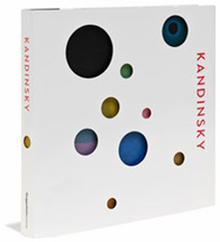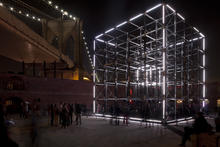Riow Arai: Death Breaks
(2006)directed by Shane Lester, a designer at Wieden+Kennedy Tokyo and one third of the W+K TokyoLab visual team.
"As pop as I can be in a sense, in a much truer sense I am probably strange and perverse. That is why it seems very natural to do a video for Riow Arai, an artist who is never going to go mainstream, no matter how fucking awesome much of his output is. Not in this lifetime will it gain much momentum past the relatively small crowd of maniacs that already know about it; even in an imagined scenario such as the good folks like us at W+K picking it up and pushing it - the packaging, the videos, the media placement - it is simply not going to be adopted large-scale because it's not that kind of expression. I completely accept that this is the case with the large majority of media that I enjoy partaking in the consumption of.
At this point in my life I find myself in the awkward position of having a foot in two worlds that might naturally be thought of as irreconcilable, and it is a strange and yet often delightful mindspace to be in. Vast and miniute. Under and overground. How they are similar or different, and why. I guess I'd wager to say from where I stand, they simply aren't. Perhaps especially in Tokyo, where pop can be perverse, the under is overground and vice-versa, there’s no real point thinking about it - as long as one has a strong sense of what they like."
(Shane Lester)
Source: Shane Lester's blog
